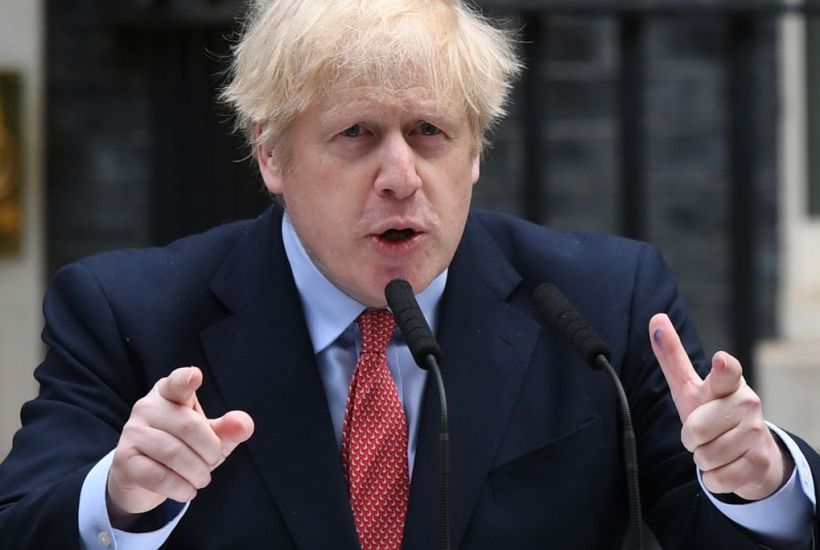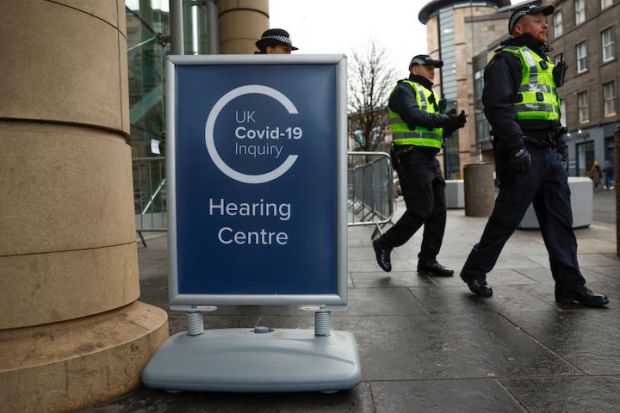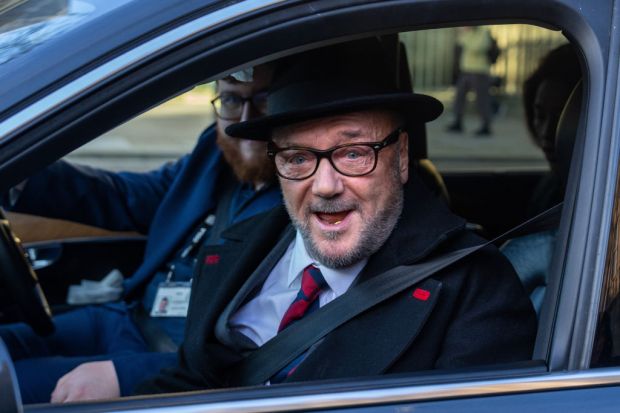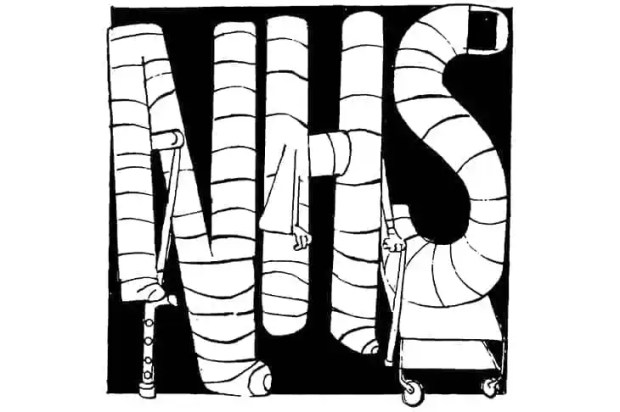There is so much to ponder in the prime minister’s interview about how Covid-19 almost killed him.
But, in respect of the effort to protect us all, what stood out for me was how and when he was persuaded to move from Downing Street to St Thomas’s Hospital.
‘I wasn’t struggling to breathe but I just wasn’t in good shape and it wasn’t getting better,’ he told the Sun on Sunday.
‘Then the doctors got anxious because they thought that my readings were not where they wanted them to be.
‘Then I was told I had to go into St Thomas’s. I said I really didn’t want to go into hospital…
‘It didn’t seem to me to be a good move but they were pretty adamant. Looking back, they were right to force me to go’.
The prime minister then emotionally describes how he was given ‘litres and litres of oxygen for a long time’ in intensive care.
And how, after round the clock nursing and oversight by skilled doctors, he recovered enough to return to the main ward.
He did not need to be sedated into a coma and have oxygen forced into his lungs via a tube. But he came close, and contingency plans were made for his death.
‘I felt so lucky because so many people have suffered so much more than I did,’ he said.
One big question raised by the PM’s interview is whether he was one of the many of those infected with Covid-19, who experience what’s known as silent hypoxia, a condition in which oxygen levels in the blood fall to dangerously low levels, but without the patient gasping for breath.
A related question is whether the PM’s own experience will, and should, prompt him to consider whether there should be new guidance about when those with Covid-19 should be admitted to hospital.
It is dangerous to generalise from anecdotal evidence, but I was recently contacted by the grieving family of a 56 year-old with no underlying health conditions, who died at home with Covid-19 even though he asked the health-line 111 three times to send an ambulance.
According to his family, “he was begging the 111 operator to send him an ambulance but they said he wasn’t ill enough because he could still breathe”.
Plainly this was the wrong diagnosis. To labour the point, the PM was taken to hospital, even though – by his own account – he was not struggling to breathe.
Understandably therefore, there is a debate among doctors about whether breathing difficulties should be the trigger for hospitalisation, or whether it would be sensible to monitor the oxygen saturation levels of Covid-19 sufferers while they are still at home, with the use of small portable ‘oximeters’, and move patients to hospitals when those saturation levels fall below a certain threshold.
This is hard to do at the moment, because when someone goes down with the virus – and unlike in Germany, where mortality rates are much lower than here – the onus is on the sufferer to self-diagnose and monitor symptoms, rather than being monitored by a clinician or at least an outsider with some expertise.
Perhaps some of the 18,000 people being recruited by Health Secretary Matt Hancock to track and trace those with symptoms will also play a role in monitoring the health of those with the illness.
There is capacity in UK hospitals to receive more patients.
And those who believe there should be earlier hospitalisation again cite the lower death rate in Germany, where there are many more intensive care beds per capita than in most of the rest of Europe, including the UK, and where there has been a greater willingness from the outset to move those with the infection to hospital.<//>
Got something to add? Join the discussion and comment below.
Get 10 issues for just $10
Subscribe to The Spectator Australia today for the next 10 magazine issues, plus full online access, for just $10.





















Comments
Don't miss out
Join the conversation with other Spectator Australia readers. Subscribe to leave a comment.
SUBSCRIBEAlready a subscriber? Log in